Artistic careers are hard. We all doubt ourselves; we all suffer setbacks. In many respects, diligence and persistence are at least as important as raw talent…
I’m sharing this with you because, though I say these things on convention panels and in workshops all the time, I need to be reminded of them. All. The. Time.
As this is the first of my Monday Musings blog posts for 2020, I feel that I should explain that not all of my musings will be about writing. There are plenty of other topics out there, and I intend to explore a good many of them before the year is through.
For today, though, I am thinking about the craft of writing, and in a broader sense, about toiling in the arts.
I read every morning while I work out, sitting on my stationary bike, sweating away, a book in hand. And I mostly read fiction – generally speaking, I prefer novels to non-fiction books. In the past few months, however, for reasons I can’t really explain, I have been reading biographies and autobiographies of some of my rock and roll heroes. I started with Bruce Springsteen’s autobiography, Born to Run, not because he is a particular favorite of mine – I like him fine, but I’m no fanatic – but because the book came highly recommended. I then moved to Graham Nash’s Wild Tales. I am currently reading Sheila Weller’s Girls Like Us, a fascinating three-way biography of Carole King, Joni Mitchell, and Carly Simon, and next up in the queue is Timothy White’s biography of James Taylor, Long Ago and Far Away. I also recently read a magazine profile of Rod Stewart, who this year will turn 115. No, I’m sorry, that’s supposed to read 75…
Perhaps not surprisingly, I have found shared patterns in the career paths of the artists in question, and analogous progressions in my own career. All of these artists suffered through periods of self-doubt early in their careers. Several of them dealt with what you and I might call imposter syndrome. Springsteen and Stewart in particular speak of it explicitly. (And let’s be honest: Rod Stewart and Bruce Springsteen are not guys we generally associate with failures of confidence…)
All of them enjoyed moments of stunning, even unexpected success fairly early in their professional lives (the phenomenon that was “Born To Run,” the amazing response to the first Crosby, Stills, and Nash album, the chart-topping rise of Carole King’s “Will You Still Love Me Tomorrow”) and then all of them, after building for a while on these successes, suffered setbacks that forced them to reevaluate their art. Some of these setbacks were personal, some were self-inflicted. And some were commercial – a few of them had as much to do with changes in their industry as with something the artist him or herself did wrong. But all of them can point to moments when the public response to the work they did fell well short of their expectations and hopes.
All of them had to reinvent themselves in some way. All of them struggled at times to maintain commercial standing in the face of difficult developments in their private lives. None of their careers – NONE – followed a perfectly linear upward trajectory. Yet all of them persevered, fighting through the down times to achieve a second (and third and fourth…) artistic and commercial success. Because in the end, they loved their music. They couldn’t imagine themselves doing anything but writing and singing and playing songs.
I suppose none of this is too unexpected. And I don’t expect that you need to have the lessons spelled out for you. Artistic careers are hard. We all doubt ourselves; we all suffer setbacks. In many respects, diligence and persistence are at least as important as raw talent. There. I spelled them out for you anyway.
I’m sharing this with you because, though I say these things on convention panels and in workshops all the time, I need to be reminded of them. All. The. Time. It’s easy to look at the superstars we admire – in any art – and marvel at their amazing careers, ignoring the flops, the ventures that went nowhere. It’s easy to gloss over the ups and downs and assume that if they’re rich and famous, they never have to cope with doubt. And it’s easy to separate ourselves from the big stars, to tell ourselves that because we’re not rich and famous ourselves, we have nothing in common with those who are.
Thing is, none of it is true. They DID have flops. They DO grapple with doubt. And our pursuit of our art ISN’T all that different from their pursuit of theirs. We might not be as well known or as wealthy, but we have something to say, and we owe it to ourselves to keep speaking, to persist through the hard times, and to make ourselves heard. Not because it might make us millions or get us on the cover of Rolling Stone. But because, like our heroes, we love what we do.











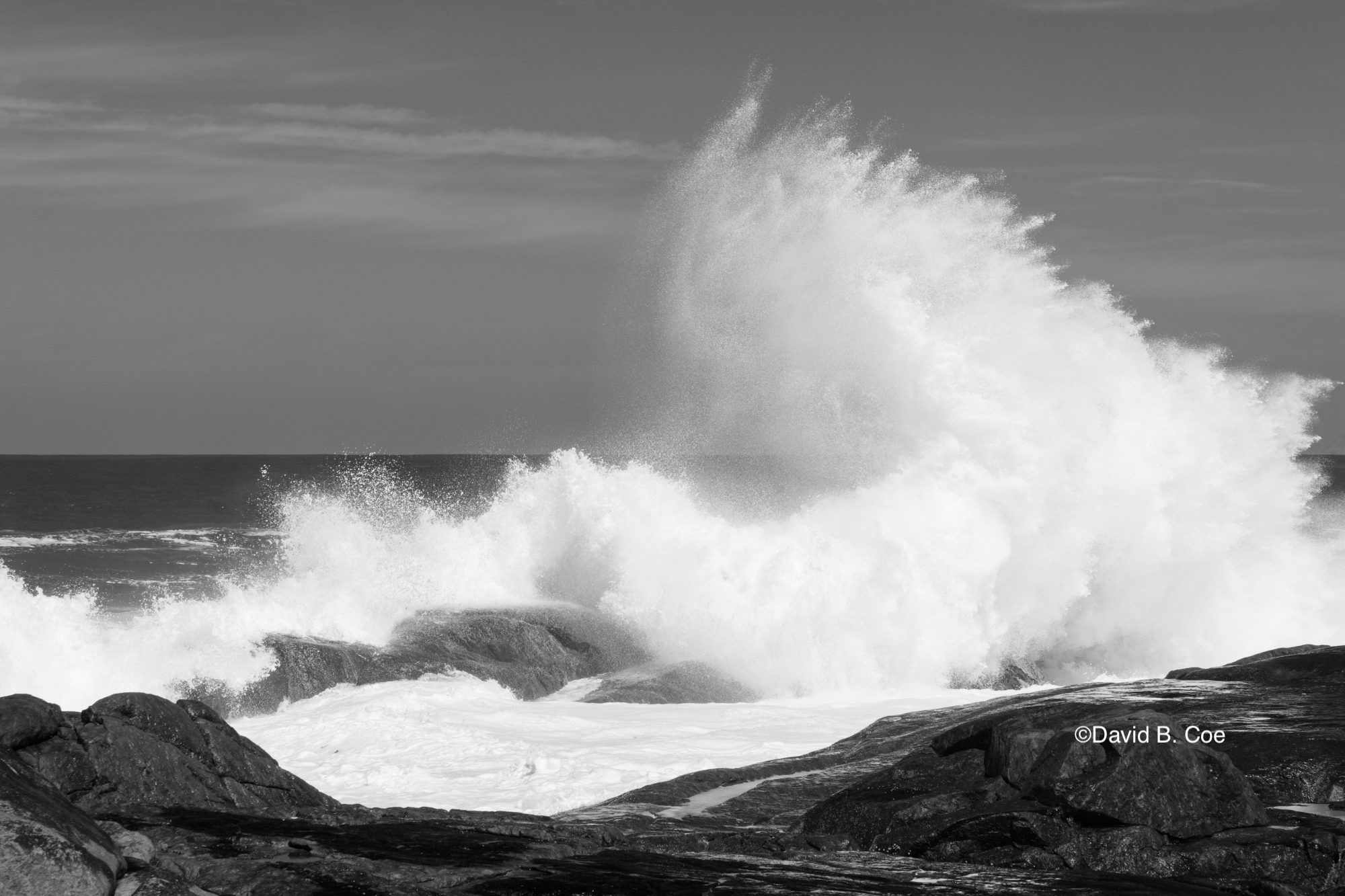
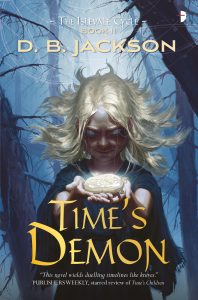 Time’s Demon
Time’s Demon
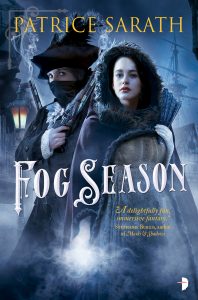
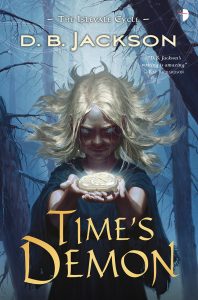 When we talk about craft, we usually focus on elements of initial creation – world building, character building and development, plotting, structuring and pacing a story or novel, and all the pitfalls we encounter when writing our stories. And certainly those are topics worthy of vigorous exploration.
When we talk about craft, we usually focus on elements of initial creation – world building, character building and development, plotting, structuring and pacing a story or novel, and all the pitfalls we encounter when writing our stories. And certainly those are topics worthy of vigorous exploration.
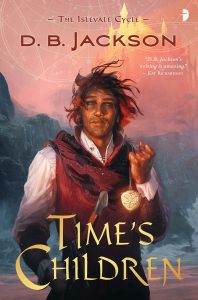
 This is an epic fantasy/time travel story, and I have a post up at the blog of my friend
This is an epic fantasy/time travel story, and I have a post up at the blog of my friend 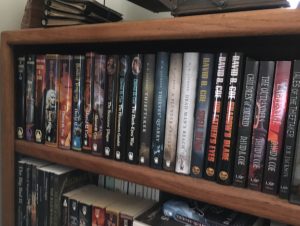 Last night, for reasons surpassing understanding, I started reading through one of my old books. I know. What was I thinking, right?
Last night, for reasons surpassing understanding, I started reading through one of my old books. I know. What was I thinking, right? of motivation, tools (perhaps cudgels) I use to make myself a better artist.
of motivation, tools (perhaps cudgels) I use to make myself a better artist.